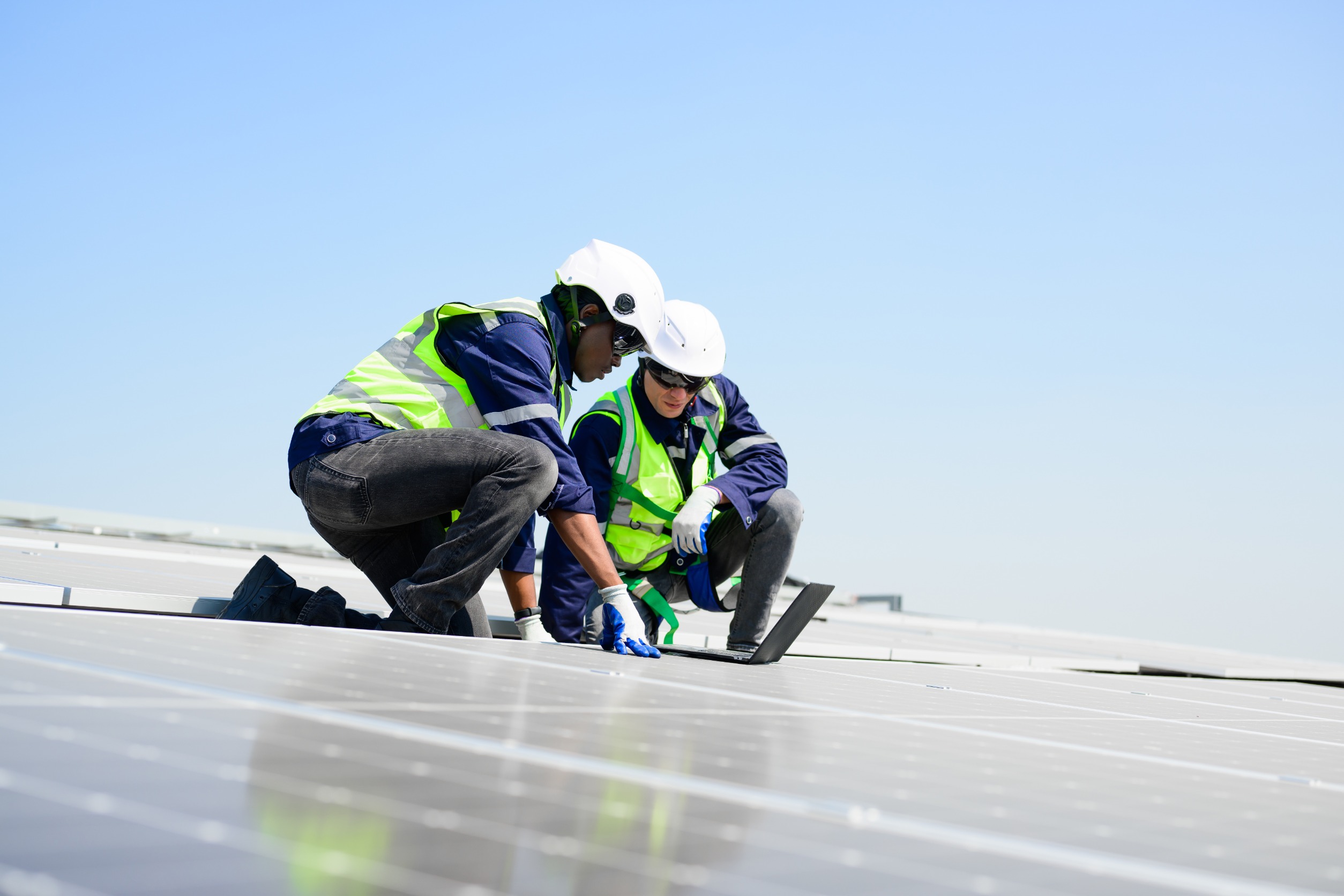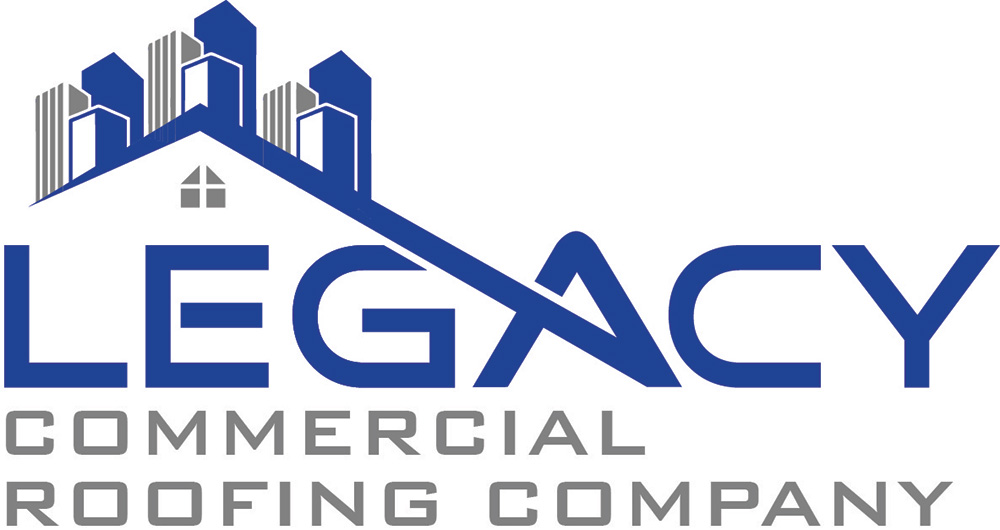Roof Issues – We’re On It!
Residential Roofing Solution

Residential Roofing Solutions
Call us
(713) 347-1274
Residential Roofing Solution
Residential roofing focuses on the installation, repair, and maintenance of roofs on homes, such as single-family houses, townhouses, and smaller multi-family buildings.
The roofing materials and designs used for residential projects often prioritize aesthetics, affordability, and durability to fit the specific style of a home


- Built-Up Roofing (BUR): Consists of layers of asphalt, tar, and gravel, providing a durable and watertight surface.
- Modified Bitumen: Reinforced roofing material that’s applied in layers, offering flexibility and weather resistance.
- Single-Ply Membranes: Includes TPO (Thermoplastic Polyolefin), PVC (Polyvinyl Chloride), and EPDM (Ethylene Propylene Diene Monomer). These are flexible sheets that are installed in a single layer and are known for being lightweight and energy-efficient.
Common Types of Residential Roofing Materials
Wood Shakes and Shingles
- Wood shingles are machine-cut for a smooth, uniform appearance, while wood shakes are hand-split for a more rustic look.
- Commonly made from cedar, redwood, or pine, they offer natural beauty but require regular maintenance to prevent rot, mold, and insect infestations.
Clay and Concrete Tiles
- Known for their distinctive, Mediterranean or Spanish-style appearance.
- Clay tiles are highly durable, fire-resistant, and can last for over 50 years with proper care.
- Concrete tiles offer similar benefits at a more affordable price but are heavier and may require reinforced roof framing.
Solar Roofing
- Solar shingles or panels integrated into the roof provide renewable energy while maintaining the aesthetic appeal of the home.
- Though more expensive upfront, solar roofing can offer long-term savings through reduced energy bills and tax incentives.
Synthetic Roofing
- Includes materials like synthetic slate or composite shingles made from rubber, plastic, or polymer.
- These materials are designed to mimic natural products like wood or stone while offering enhanced durability and lower maintenance
Metal Roofing
- Available in various styles like standing seam panels, metal shingles, and metal tiles.
- Known for its longevity, energy efficiency, and resistance to extreme weather conditions.
- Metal roofing can mimic the look of other materials like wood shakes or slate.
Slate Roofing
- Made from natural stone, slate roofs are exceptionally durable and can last over 100 years.
- Offers a high-end, elegant appearance but is heavy and costly to install.
Asphalt Shingles
- 3-Tab Shingles: Traditional, flat shingles that are economical and widely used.
- Architectural Shingles: Thicker and more dimensional, offering better durability and an enhanced appearance.
- Asphalt shingles are the most popular roofing material in the U.S. due to their affordability, ease of installation, and wide range of styles and colors.
Roof Installation and Maintenance
- Installation: A properly installed roof is essential for protecting against leaks, insulation problems, and structural damage. Hiring experienced roofing professionals ensures the roof is installed correctly and in compliance with local building codes.
- Inspections and Maintenance: Regular inspections and maintenance help identify potential issues like leaks, loose shingles, or water damage before they lead to costly repairs.
- Roof Ventilation: Proper ventilation is vital for preventing moisture buildup, which can lead to mold, rot, and reduced energy efficiency.

Residential roofing is a significant investment in a home’s overall value, comfort, and protection. Choosing the right materials and ensuring proper installation and maintenance are key to a roof that lasts for decades.

Key Considerations in Residential Roofing
- Aesthetics and Style: The roofing material should complement the overall architectural style of the home.
- Durability and Longevity: Consider the material’s lifespan and how well it performs in the local climate (e.g., wind, hail, heavy rain).
- Cost: The budget is a significant factor, with asphalt shingles being the most cost-effective, while materials like slate or metal may require a higher upfront investment.
- Maintenance Requirements: Some materials require more frequent upkeep (e.g., wood shakes), while others are relatively low maintenance (e.g., asphalt shingles or metal roofs).
- Energy Efficiency: Certain materials, like cool roofs or metal roofs, reflect more sunlight, reducing heat absorption and lowering cooling costs.
- Roof Pitch and Structural Support: The slope and structural support of the roof determine
Get In Touch
Have questions about the roof on your commercial property? Call us to today and see why we are the best commercial roofing contractor in Atlanta, GA.
